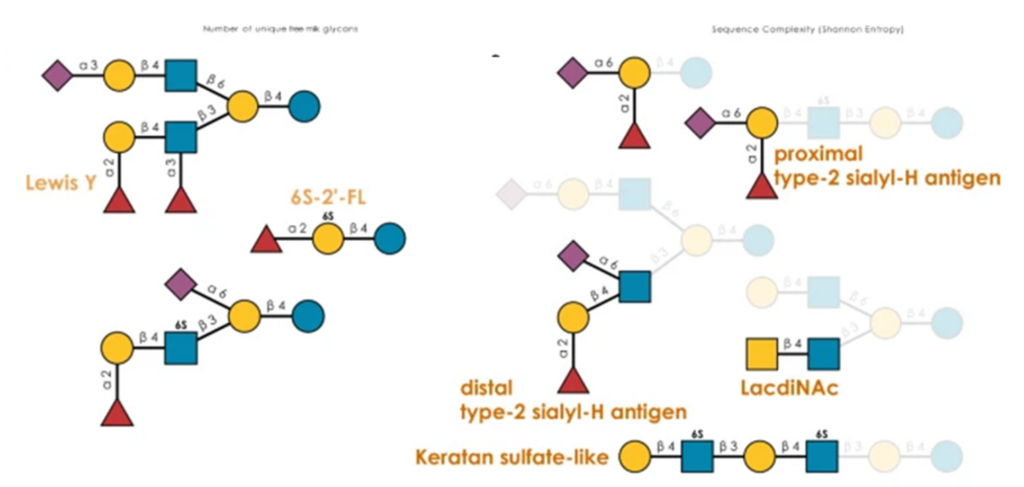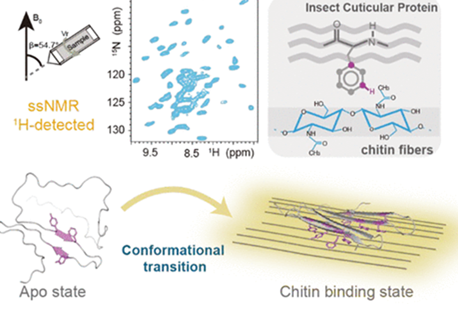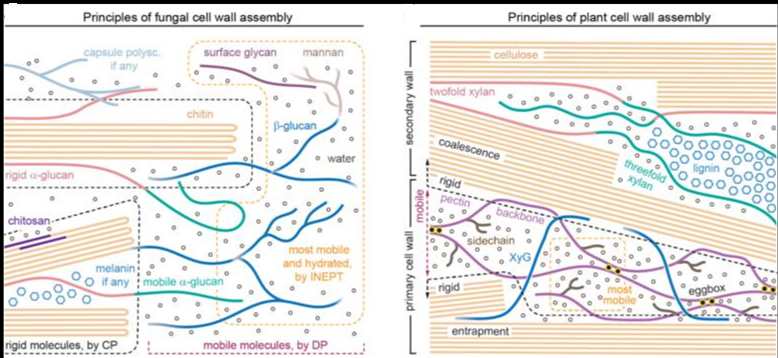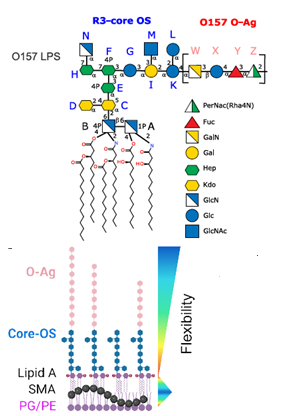Glycans are ubiquitous in nature, decorating our cells and serving as the initial points of contact with any visiting entities. These glycan interactions are fundamental to host-pathogen recognition and are related to various diseases, including inflammation and cancer. Therefore, understanding the conformations and dynamics of glycans, as well as the key features that regulate their interactions with proteins, is crucial for designing new therapeutics. Due to the intrinsic flexibility of glycans, NMR is an essential tool for unravelling these properties.

In this review, the authors describe the key NMR parameters that can be extracted from the different experiments, allowing to deduce the necessary geometry and molecular motion information, with a special emphasis on assessing the internal motions of the glycosidic linkages. The authors specifically address the NMR peculiarities of various natural glycans, from histo-blood group antigens to glycosaminoglycans, and also consider the special characteristics of their synthetic analogues (glycomimetics). Finally, they discuss the application of NMR protocols study glycan-related molecular recognition events, both from the carbohydrate and receptor perspectives, including the use of stable isotopes and paramagnetic NMR methods to overcome the inherent degeneracy of glycan chemical shifts.




